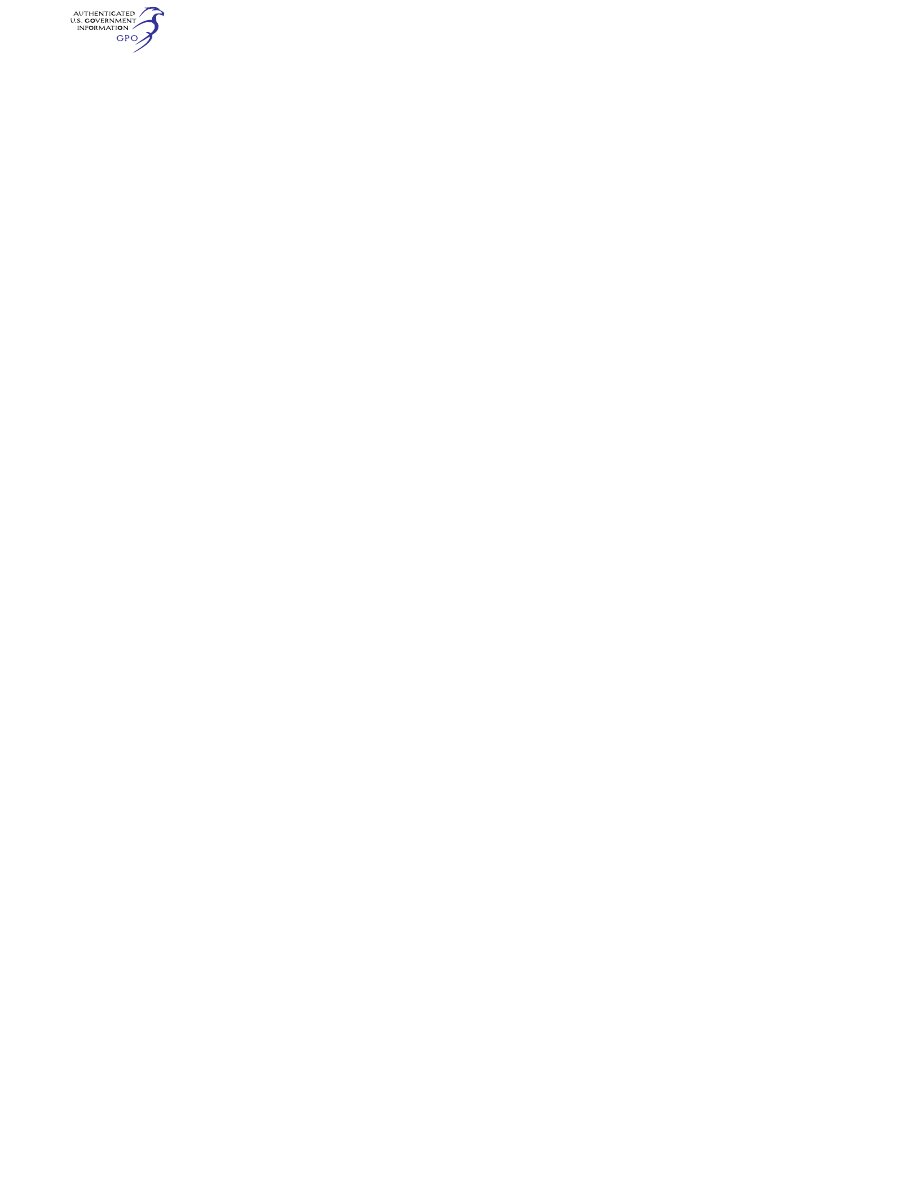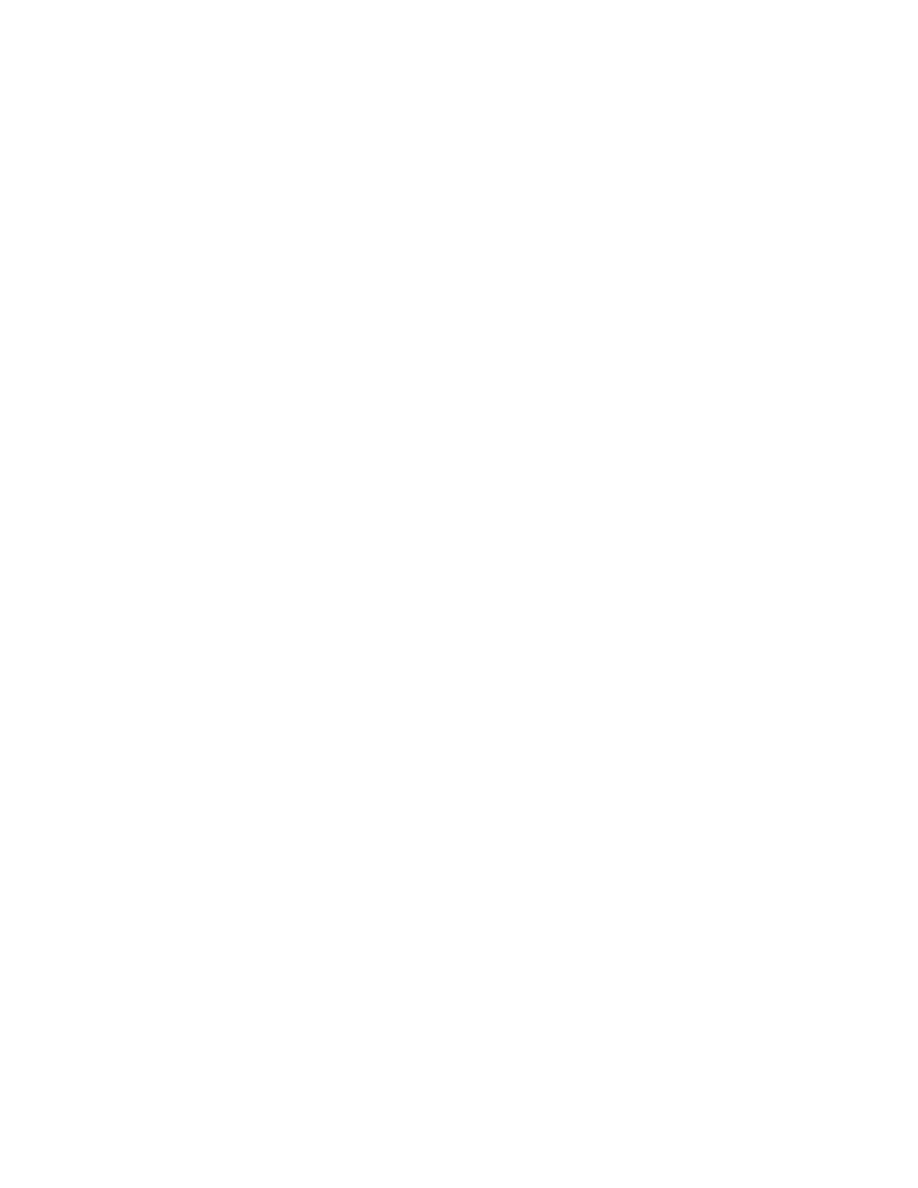
642
14 CFR Ch. I (1–1–24 Edition)
§ 29.1025
§ 29.1025
Oil valves.
(a) Each oil shutoff must meet the re-
quirements of § 29.1189.
(b) The closing of oil shutoffs may
not prevent autorotation.
(c) Each oil valve must have positive
stops or suitable index provisions in
the ‘‘on’’ and ‘‘off’’ positions and must
be supported so that no loads resulting
from its operation or from accelerated
flight conditions are transmitted to
the lines attached to the valve.
§ 29.1027
Transmission and gearboxes:
general.
(a) The oil system for components of
the rotor drive system that require
continuous lubrication must be suffi-
ciently independent of the lubrication
systems of the engine(s) to ensure—
(1) Operation with any engine inoper-
ative; and
(2) Safe autorotation.
(b) Pressure lubrication systems for
transmissions and gearboxes must
comply with the requirements of
§§ 29.1013, paragraphs (c), (d), and (f)
only, 29.1015, 29.1017, 29.1021, 29.1023, and
29.1337(d). In addition, the system must
have—
(1) An oil strainer or filter through
which all the lubricant flows, and
must—
(i) Be designed to remove from the
lubricant any contaminant which may
damage transmission and drive system
components or impede the flow of lu-
bricant to a hazardous degree; and
(ii) Be equipped with a bypass con-
structed and installed so that—
(A) The lubricant will flow at the
normal rate through the rest of the
system with the strainer or filter com-
pletely blocked; and
(B) The release of collected contami-
nants is minimized by appropriate lo-
cation of the bypass to ensure that col-
lected contaminants are not in the by-
pass flowpath;
(iii) Be equipped with a means to in-
dicate collection of contaminants on
the filter or strainer at or before open-
ing of the bypass;
(2) For each lubricant tank or sump
outlet supplying lubrication to rotor
drive systems and rotor drive system
components, a screen to prevent en-
trance into the lubrication system of
any object that might obstruct the
flow of lubricant from the outlet to the
filter required by paragraph (b)(1) of
this section. The requirements of para-
graph (b)(1) of this section do not apply
to screens installed at lubricant tank
or sump outlets.
(c) Splash type lubrication systems
for rotor drive system gearboxes must
comply with §§ 29.1021 and 29.1337(d).
[Amdt. 29–26, 53 FR 34218, Sept. 2, 1988]
C
OOLING
§ 29.1041
General.
(a) The powerplant and auxiliary
power unit cooling provisions must be
able to maintain the temperatures of
powerplant components, engine fluids,
and auxiliary power unit components
and fluids within the temperature lim-
its established for these components
and fluids, under ground, water, and
flight operating conditions for which
certification is requested, and after
normal engine or auxiliary power unit
shutdown, or both.
(b) There must be cooling provisions
to maintain the fluid temperatures in
any power transmission within safe
values under any critical surface
(ground or water) and flight operating
conditions.
(c) Except for ground-use-only auxil-
iary power units, compliance with
paragraphs (a) and (b) of this section
must be shown by flight tests in which
the temperatures of selected power-
plant component and auxiliary power
unit component, engine, and trans-
mission fluids are obtained under the
conditions prescribed in those para-
graphs.
[Doc. No. 5084, 29 FR 16150, Dec. 3, 1964, as
amended by Amdt. 29–26, 53 FR 34218, Sept. 2,
1988]
§ 29.1043
Cooling tests.
(a)
General. For the tests prescribed
in § 29.1041(c), the following apply:
(1) If the tests are conducted under
conditions deviating from the max-
imum ambient atmospheric tempera-
ture specified in paragraph (b) of this
section, the recorded powerplant tem-
peratures must be corrected under
paragraphs (c) and (d) of this section,
unless a more rational correction
method is applicable.
VerDate Sep<11>2014
09:06 Jun 28, 2024
Jkt 262046
PO 00000
Frm 00652
Fmt 8010
Sfmt 8010
Y:\SGML\262046.XXX
262046
jspears on DSK121TN23PROD with CFR
